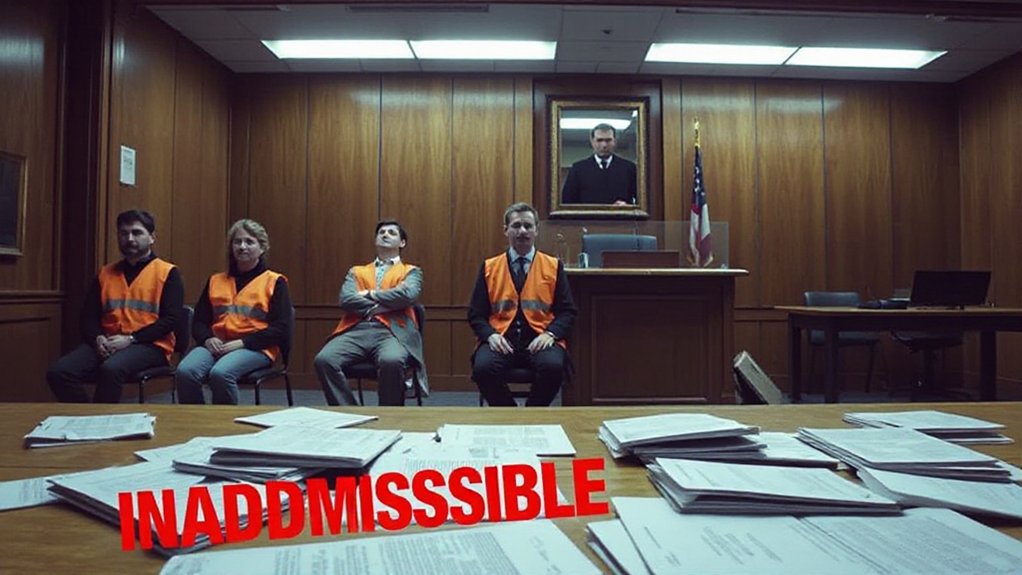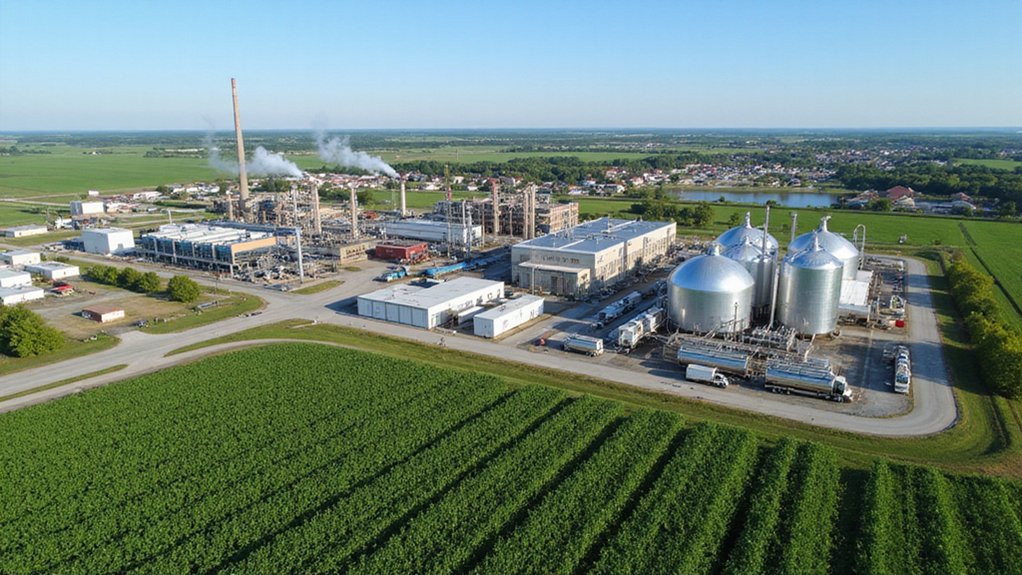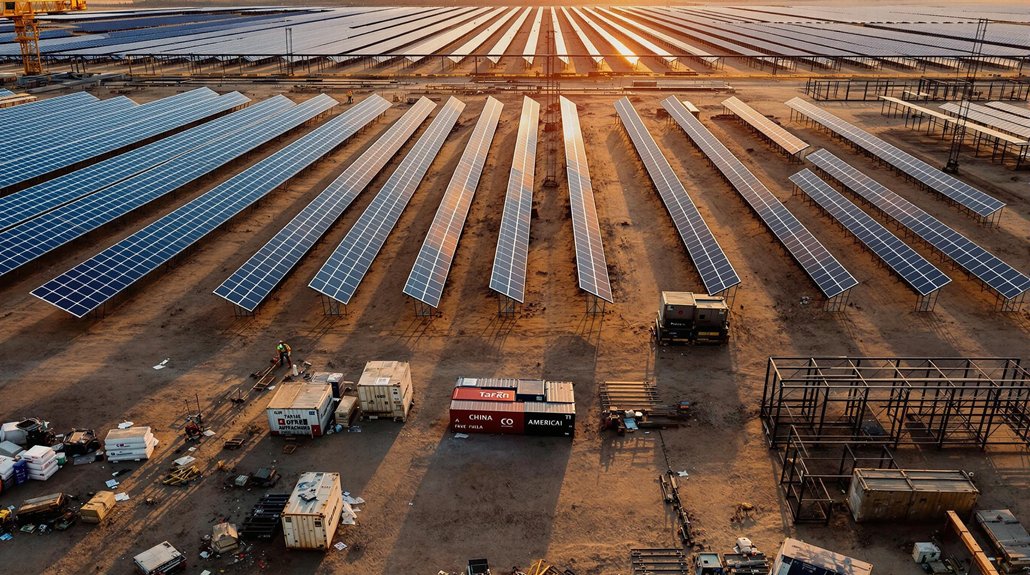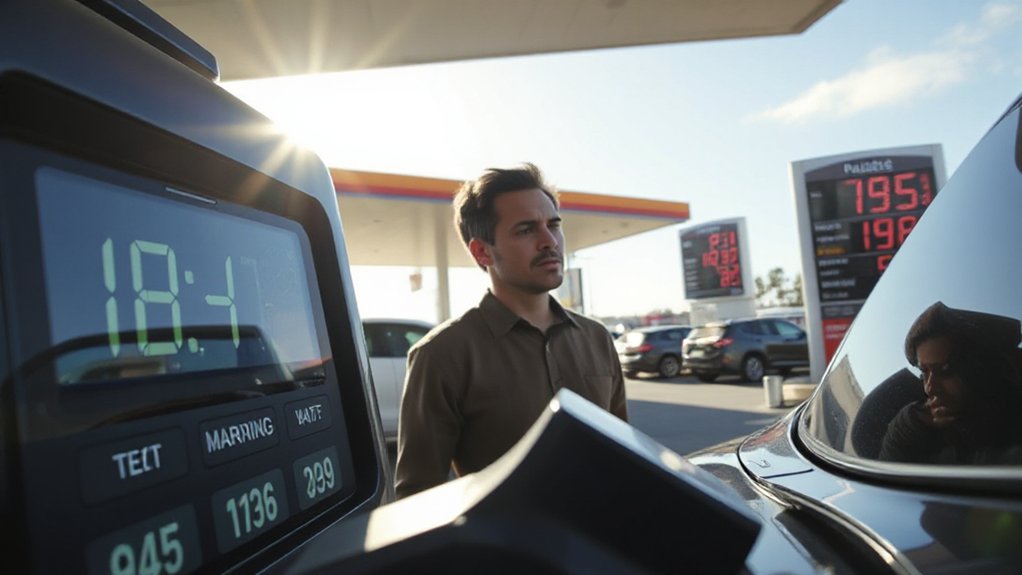Numbers don’t lie, but they can certainly be misunderstood. In the energy world, there’s a metric most investors have never heard of—ELCC. Effective Load Carrying Capability. Sounds boring, right? Wrong. This percentage is quietly determining which energy investments thrive and which collapse.
ELCC measures how much a power source actually contributes to grid reliability compared to a perfect generator. Not all megawatts are created equal, folks. Nuclear plants clock in at a stellar 96-98% ELCC. They’re workhorses. Natural gas? A respectable 76-97%, depending on the season. But renewables tell a different story. Offshore wind manages just 17% in summer (though it jumps to 68% in winter). Solar PV? A measly 2% in winter to 19% in summer. Yikes.
This isn’t some academic exercise. Grid operators and ISOs use these values to determine how much they’ll actually pay for your fancy new solar farm. Lower ELCC means less capacity value in markets. Less money. Simple.
The calculations are complex—probabilistic simulations of loss of load expectation and all that jazz. But the concept is straightforward: when the grid is stressed, will your resource be there? The timing matters enormously. If your wind farm generates at 3 AM when nobody needs power, good luck getting value for it.
The renewable energy crowd hates this conversation. It exposes an uncomfortable truth: you can’t replace conventional generation with renewables on a one-to-one basis. Not even close. Want reliable power from solar? You’ll need 5-10 times more installed capacity. As adoption spreads, statistical modeling of weather patterns becomes increasingly critical to accurate ELCC calculations.
Smart investors are catching on. They’re looking at ELCC before writing checks. They’re pairing renewables with storage to boost combined ELCC values. They’re diversifying. As organizations like NERC warns, ambitious retirement plans for conventional power sources without adequate replacement can severely compromise grid reliability.
The market is brutal that way. It doesn’t care about intentions or hopes. It rewards reliability. And ELCC is how reliability gets measured. Ignore it at your peril.
The transition to clean energy requires major grid upgrades to accommodate the intermittent nature of renewable sources, a factor that directly impacts ELCC ratings and overall system reliability.
References
- https://www.cpuc.ca.gov/-/media/cpuc-website/divisions/energy-division/documents/resource-adequacy-homepage/energy-resource-modeling/effective-load-carrying-capability-and-qualifying-capacity-calculation.pdf
- https://epsa.org/explainer-understanding-how-energy-reliability-is-measured/
- https://spp.org/documents/73277/2025 spp elcc study scope.pdf
- https://stanwichenergy.com/insights/understanding-effective-load-carrying-capability-elcc-how-renewable-reliability-impacts-costs-for-energy-users
- https://www.pjm.com/-/media/DotCom/about-pjm/newsroom/fact-sheets/elcc-measures-capacity-contribution-of-renewable-and-storage-resources.pdf
- https://blog.ucs.org/mark-specht/elcc-explained-the-critical-renewable-energy-concept-youve-never-heard-of/
- https://www.nyiso.com/documents/20142/24172725/NYISO ELCC_210820_August 30 Presentation.pdf
- https://www.ethree.com/wp-content/uploads/2020/08/E3-Practical-Application-of-ELCC.pdf









